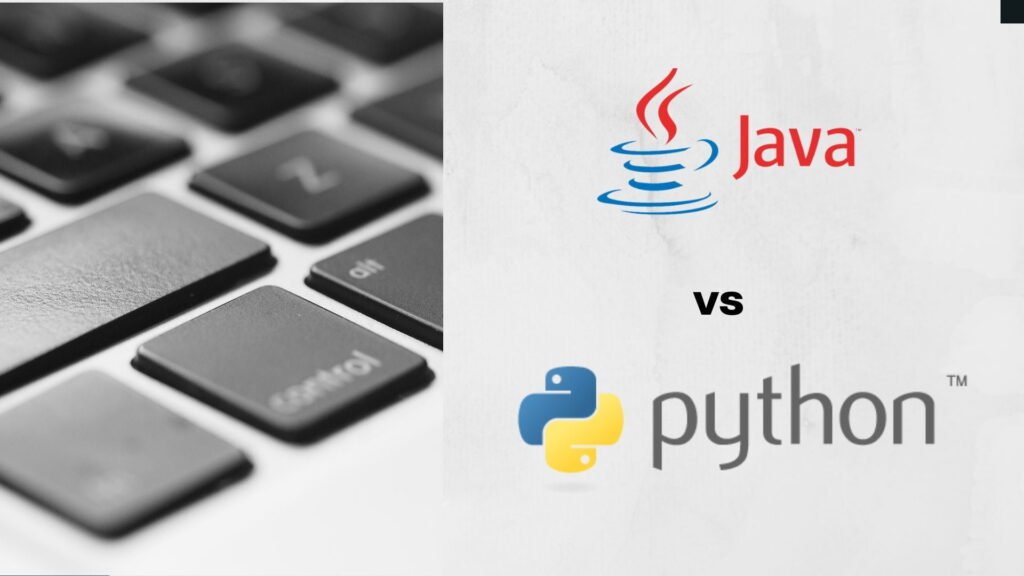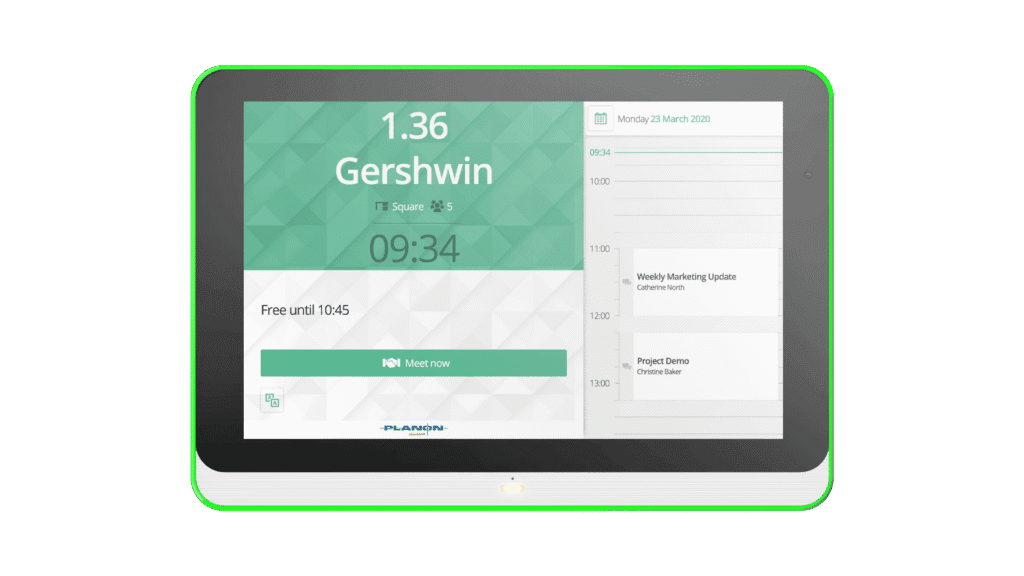Python and Java are two of the most well-known programming languages. At first glance, they may seem similar, but in practice, they have many differences.
According to GitHub’s annual Octoverse report, Java and Python are now in second and fourth place as the most used languages for the fourth consecutive year. According to the same report, Python is one of the ten fastest-growing languages. Most of the other fast-growing languages are new, while Python existed before Java.
Let’s see what happened to global search terms for Java versus Python programming language over an 18-year timeline
This is most likely because Python is a relatively easy-to-learn programming language that can be used to quickly conduct experiments, while Java is a programming language more used to develop end products or services. Currently, there is a growing trend to test and automate processes.
Both Python and Java are object-oriented languages, but Java uses static types, while Python is dynamic. This is the most significant difference and affects the way programs are designed, written, and troubleshooted in fundamental ways.
Let’s take a closer look at each of them to better understand their operation and differences:
Python: its features and uses
Python is a high-level interpreted programming language (It is a programming language that is a semantic subset of a more powerful programming language, which can run faster and with less memory).
These are the main features of the Python language:
- It is designed to combine the power and flexibility of languages like C with the readability and ease of use of languages like Perl or Ruby.
- Python is a dynamic interpreted language. It is considered an example of a procedural language because it can use procedural paradigms to solve problems.
- Due to its readability, Python is ideal for novice programmers, for quickly capturing ideas, and for sharing code with others through libraries or directly. That’s why Python has gained popularity, in large part, because its communicativeness is easier to understand.
Python operates on strings, lists and tuples, dictionaries, or associative arrays.
In what cases is Python used:
- With over 30 million users and being open source, it is one of the most popular programming languages worldwide. It is so simple to learn that it has been referred to as “a language that is not difficult to learn but difficult to master.”
- The Python programming language is versatile and open source and can be used for web development, data analysis, artificial intelligence, and, above all, to automate processes.
- Python libraries facilitate rapid programming startup. If a programmer wants to jump into machine learning, there is a library for it. If you want to make a pretty chart, there is a library for that, and if you want to make a progress bar there is a library for that too.
- Overall, Python is the Lego of programming languages. There are a few processes that need to be started from scratch if you go for Python.
Java: its characteristics and uses
Java is an object-oriented, class-based, high-level programming language. Let’s see its main features:
- One of the main goals when designing Java was to have as few implementation dependencies as possible.
- Java is designed to run anywhere. It interprets the code that has been compiled using its Java Virtual Machine (JVM). The JVM functions as an error detector and interpreter on its own.
- Performance is greatly increased by the just-in-time compilation of all or some programs to native code, which is accomplished by the majority of JVMs (Java Virtual Machines).
- Mainstream Python does not do this, but some variants like PyPy do.
- Supports synchronization of multiple threads of execution (multithreading) at the language level, especially useful in creating distributed network applications.
- Some operators that exist in Java are relational, arithmetic, logical, and assignment operators, among others. Java provides many types of operators that can be used as per need. They are categorized based on the features they offer.
For which cases Java is most used:
- Java was created by Oracle in 1995, and thanks to its ties with Sun Microsystems, Java has been the most widely used server-side language, although this is no longer the case. Java still has a lot of support because it has a sizable community.
- Because Java has so many libraries built on top of it, finding code that has already been written for a particular purpose is simple.
- It is a general-purpose language, frequently used for desktop computing, mobile computing, gaming, and numerical computing.
The main differences between Java and Python
- Java is a compiled and statically typed language, and Python is a dynamically typed, interpreted language.
- Python is simpler to use and read, but Java is faster at runtime and easier to debug because of this one distinction.
Speed and efficiency differences between Python and Java
- Java’s efficiency is largely due to its Just-In-Time compiler and concurrency support. This compiler is part of the Java runtime environment: The Java virtual machine calls the compiled code directly; Because the code is not interpreted, compilation requires no processor time or memory usage.
- While Java programs are compiled directly, Python is interpreted before being compiled, which slows down programs during runtime.
- There are situations where Python and Java perform very differently, sometimes noticeably differently. A simple binary tree test runs ten times faster in Java than it does in Python.
Bug Repair in Python vs Java
- In Python, errors introduced by the programmer will not be found until that line of code is activated.
- While in Python objects are vulnerable to mutation, in Java object mutation is impossible. This leads to secure software development.
- Integration platforms like SnapLogic allow Python and Java to solve problems together. SnapLogic provides tools to connect multiple software applications and data sources across the cloud, on-premises, and hybrid environments.
The main difference in transcribing Python code vs. Java
- Indentation is part of Python syntax, while Java ignores it.
- Python uses tabs for nesting and colons (:) to start loops and conditional blocks.
- Java ignores whitespace and uses semicolons ( ; ), parentheses ( ( ) ), and braces ( { } ) to define the beginning and end of each function and class definition.
- Java offers limited string-related features, while Python offers many string-related features.
What do we conclude from this comparison between Python and Java?
- Oracle’s new support model changes the Java landscape. Although there is still a free option, the new release schedule and support model give developers a reason to take stock.
- Java customers will have to pay Oracle for support, change OpenJDK versions regularly, or rely on third parties like Red Hat or Amazon for fixes and security updates.
- It’s debatable if Python’s dynamic typing is superior to Java’s static method. The debate between the two models predates both and is a question of what is best for you and your team.
- Java’s just-in-time compilation gives it an advantage over Python’s interpreted performance.
- Although neither language is suitable for latency-sensitive applications, Java is still much faster than Python.
- Ultimately, the advantages of Python outweigh the disadvantages.
In the ever-evolving realm of software development, the choice between Python and Java ultimately depends on the specific needs, preferences, and goals of the development team and the project at hand. As technologies continue to advance, staying informed about the latest developments in both languages is key for making well-informed decisions.
Tech content on this site may include contributed articles and partnerships with industry voices. Learn more in our Editorial Policy.





